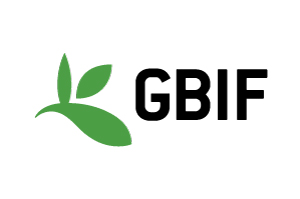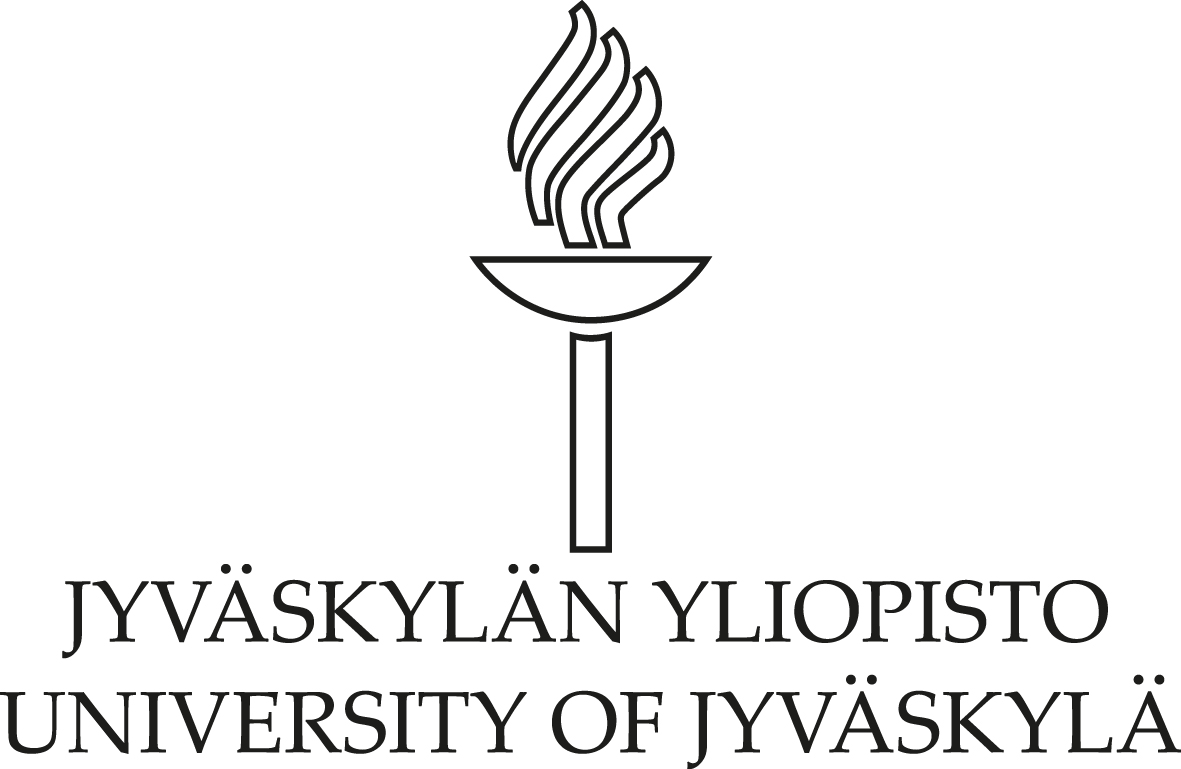
In this page: Digital Twin Model | Resources | Partners
Grassland Biodiversity Dynamics
The Prototype Biodiversity Digital Twin (pDT) on Grassland Biodiversity Dynamics is an advanced modelling tool designed to simulate and predict the dynamics of grassland productivity and biodiversity under a range of management and climate scenarios. This digital twin will provide valuable insights to researchers, farmers, and regulatory decision-makers, aimed to help them understand the current state of grasslands and forecast future conditions. Currently, European grassland management often emphasises high production through frequent mowing and intensive fertilisation. Such practices often favour dominant grass species, but limit other species, including forbs and legumes, which can reduce plant diversity. Coupled with the impacts of climate change, maintaining a balance between productivity and biodiversity becomes increasingly challenging.
The pDT will offer a comprehensive and scientifically robust platform to study grassland dynamics. It aims to integrate observational data, experimental insights, and sophisticated computational models, enabling users to:
- Monitor Current Conditions: Assess the present state of grasslands, including metrics like plant biomass and the diversity of plant functional types (PFTs).
- Project Future Scenarios: Explore how grassland ecosystems might evolve under various scenarios, including different climate and management conditions.
- Support Decision-Making: Provide actionable insights and recommendations for sustainable management practices that balance productivity and biodiversity.
The pDT's comprehensive modelling capabilities make it an invaluable tool for assessing grassland dynamics across Europe. It will support detailed analysis and decision-making, from local site management to broader regional planning. The ultimate goal is to create a digital twin map covering extensive grassland areas, offering insights into potential yield, biodiversity, and ecological resilience under varying environmental conditions.
By integrating advanced computational models with real-world data, the pDT will enable a deeper understanding of grassland ecosystems, facilitating sustainable management strategies that adapt to climate change and other evolving challenges.
*This prototype digital twin is in early access and intended for research purposes only; do not use for decision-making or operational purposes.
Grassland Biodiversity Dynamics and Digital Twin Models
Modelling
The core of the pDT's modelling capability is a mechanistic simulation tool that represents the processes driving grassland vegetation dynamics. Here's an in-depth look at the modelling components:
The model simulates individual plants within a representative area (typically 1 m²), accounting for processes like establishment, growth, competition, and mortality. Each plant is characterised by its functional traits and belongs to one of the three PFTs: grasses, forbs, or legumes.Plants interact and compete for resources such as light, space, and nutrients. The model incorporates these interactions, affecting the individuals’ growth and survival.The model integrates detailed weather data, including variables like temperature, precipitation, and solar radiation, to simulate their effects on vegetation.Soil properties, such as texture and moisture availability, are critical inputs, influencing plant growth and community composition.The model explicitly considers mowing events, with different options for frequency and timing, which can significantly impact aboveground biomass and species composition.The effects of nutrient addition are modelled to reflect their influence on plant productivity and diversity.The simulation produces time-series data for various vegetation attributes, including biomass, cover, and leaf area index, at both individual and community levels.Key metrics, such as plant functional type richness and evenness, are calculated to assess functional biodiversity.
Data Integration
The model can be calibrated and validated using real-world observation data from grassland sites. This ensures that the simulations accurately reflect observed dynamics and can improve model reliability.The model's output includes measures of both sensitivity and uncertainty, helping to identify which factors most significantly influence predictions.
Who can use the pDT?
The pDT interface, implemented as an R Shiny App, will provide a user-friendly platform for interacting with the model. Anyone can use it and users can input their own site-specific data, run simulations and visualise their results in the graphical interface.




